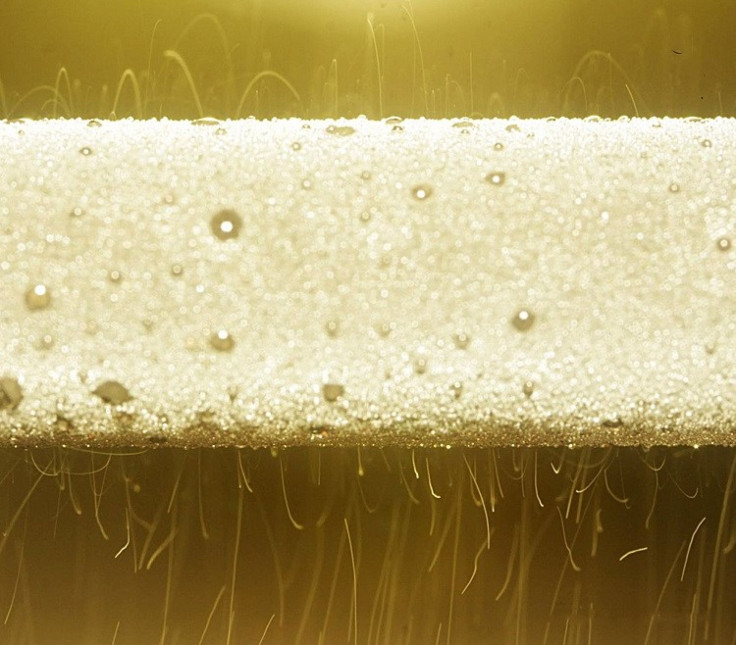Jumping Droplets: Electrically Charged Water Droplets Could Increase Efficiency Of Power Plants

Water droplets with a little kick could be the answer to more efficient power plants, a new study reveals.
Researchers at the Massachusetts Institute of Technology discovered that small water droplets that collect on a superhydrophobic surface and "jump" from it actually possess an electric charge, details a press release from MIT. Described as an "unexpected finding," the ability of the water droplets to carry an electric charge could help scientists uncover new ways to harness power from the Earth's atmosphere as well as make current power plants more efficient.
MIT postdoc Nenad Miljkovic -- co-author of the study -- said that the discovery came after previous work on the same topic. His team of MIT scientists had earlier discovered that "under certain conditions, rather than simply sliding down and separating from a surface due to gravity, droplets can actually leap away from it." The droplets' jumping is caused when they condense onto a metal surface that contains a specific superhydrophobic coating. The leaping requires that at least two of the droplets coalesce, which then allows them to sporadically jump from the metal surface as leftover surface energy is released.
"We found that when these droplets jump, through analysis of high-speed video, we saw that they repel one another midflight," Miljkovic said. "Previous studies have shown no such effect. When we first saw that, we were intrigued."
To better understand exactly why the droplets were repelling one another, the researchers ran experiments on the droplets using charged electrodes, reports Headlines and Global News. Through their studies they found that a positively charged electrode caused the droplets to repel the electrode and each other. But when the electrode held a negative charge, the droplets were attracted to it. Thus the team confirmed that the liquid was positively charged, leading it to jump away from the surface.
According to Miljkovic, the droplets form an "electric double layer" on their surfaces that consists of paired positive and negative charges. This initiates the charging process that occurs on the metal surface the droplets are located on. As the neighboring drops begin to coalesce, they leap from the surface so quickly that "the charge separates" and "leaves a bit of charge on the droplet, and the rest on the surface.” The jumping skills of droplets when they are located on condenser surfaces -- such as those used in power plants -- offer researchers a means through which they can look to improve the efficiency of heat transfer on the condensers. In turn, this would greatly increase the power plants' overall efficiency, Miljkovic says.
© Copyright IBTimes 2025. All rights reserved.
Join the Discussion






















